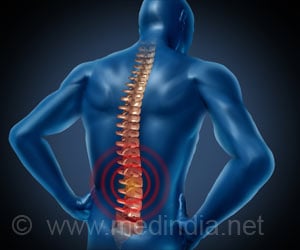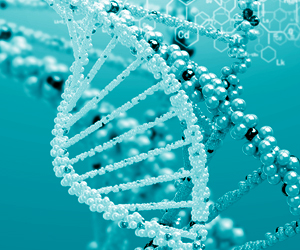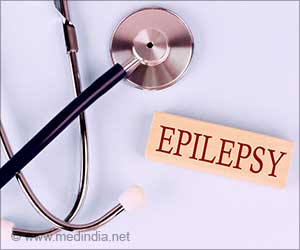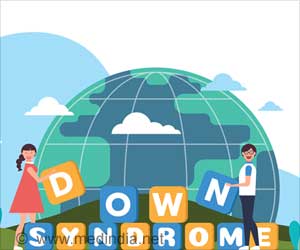Researchers at Michigan Technological University have identified three genes that play a major role in the most common type of amyotrophic lateral sclerosis (ALS), generally known as Lou Gehrig's disease.
The team of mathematicians, led by Shuanglin Zhang, isolated the genes from the many thousands scattered throughout human DNA.Zhang noted that the discovery does not mean an end to ALS, but it could provide scientists with valuable clues as they search for a cure.
"I felt very urgent to find the genes for ALS," Zhang said.
"This is very nice work. It's very challenging to map genes for complex diseases, and while many statistical methods have been developed, most don't work well in practice. Zhang's group has developed a method to detect genes and gene-gene interaction in complex diseases and provided evidence that it works," said Xiaofeng Zhu, an associate professor of epidemiology at Case Western Reserve University's School of Medicine.
"Their findings will need to be confirmed by other researchers, but I think this will be very useful for the investigators who are trying to find genes underlying complex diseases such as ALS," said Zhu.
According to the ALS Association, only about 10 percent of patients have familial ALS, a directly inherited form of the usually fatal neuromuscular disorder, while the remaining 90 percent are diagnosed with the sporadic form of the disease.
Advertisement
The mathematicians were not surprised when they tracked down the location of the genes.
Advertisement
ALS destroys the nerves in the brain and spinal cord that control voluntary movement, eventually leading to paralysis.
Zhang's team used a new statistical method to analyse the genetic codes of 547 individuals, 276 with sporadic ALS and 271 without.
The method, a two-locus interaction analysis approach, allows the researchers to identify multiple genes associated with a complex illness.
The data set they analyzed was provided by National Institute of Neurological Disorders and Stroke (NINDS) Human Genetics Resource Center at the Coriell Institute, a publicly funded "bank" or repository for human cells, DNA samples, clinical data, and other information that aims to accelerate research on the genetics of nervous system disorders.
The study has been published in the open access journal BMC Medical Genetics.
Source-ANI
LIN










